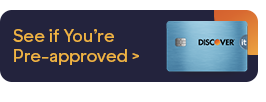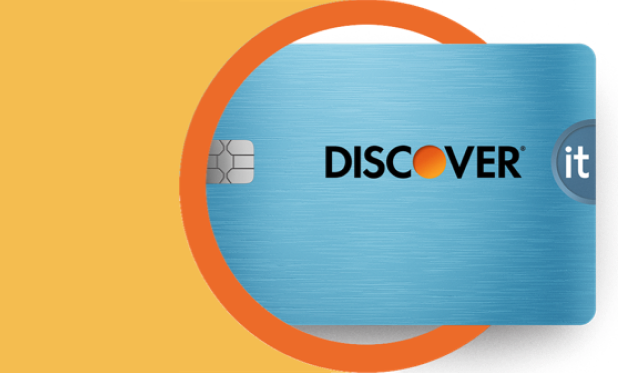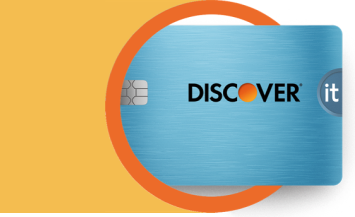Key Takeaways
-
Assess your debt-to-credit ratio and determine how much you can use each month to pay down debt.
-
Keep paying your monthly minimum payment on every card, otherwise you could incur fees that could cost you more.
-
Methods to pay off credit card debt include the “avalanche method,” the “snowball method,” or applying for a balance transfer credit card.
You’re ready to pay down your credit card debt, but you carry a balance on multiple cards. What should you do: Pay off one card? Which one? Pay them all down equally? Stagger the payment amounts? The following tips could help you understand how to pay off credit card debt and decide which credit card to pay off first.
Understanding your debt-to-credit ratio
One of the first steps you should take is to assess your overall credit card debt. Your debt-to-credit ratio (also known as your credit utilization ratio or debt utilization ratio) equals your debt divided by your total credit, which might be the sum of several lines of credit.
Did you know?
Your debt-to-credit ratio is an important factor in determining your credit score. It’s best to keep your debt-to-credit ratio low (typically below 30%) to show you’re responsible and can manage your credit well.
Budget how much you can use to pay off credit cards
Add up all your monthly expenses, including your bills and necessities like groceries, and subtract that from your total monthly income. This can help you calculate how much you can budget to go toward your credit card debt relief.
Keep making your minimum monthly payments
No matter which process you use to pay down your credit card debt, you should keep paying your minimum monthly credit card payment on every card. Don’t stop paying one card to use those funds to pay down another card. While that may help you pay off one card faster, you could incur late fees and other penalties on the account you stopped paying, which could end up costing you more money overall.
How to pay off multiple credit cards
The best way to pay off multiple credit cards will depend on several factors, including your current debt levels and the annual percentage rate (APR) on each credit card. Here are some methods for paying down credit card debt.
Pay off high-interest credit cards first
Paying off the debt on the card with the highest interest rate first is one method to reduce credit card debt. This is the “debt avalanche method.”
While some advocate for paying off your smallest debt first because it seems easier, you may save more on interest over time by chipping away at high-interest debt. Once you pay off the credit card with the highest APR, then you take that payment amount and add it to the minimum payment for the credit card with the second-highest APR, which can help you pay it down faster. Continue this method as you pay off each credit card account.
One caveat: If you're close to the maximum credit limit on one card, start by paying down that card so that the interest charges don’t send you over your credit limit, which could result in fees.
Pay off the credit card with the smallest balance first
Another method to pay off multiple credit cards focuses first on the credit card with the smallest balance. This is the “debt snowball method.”
Think of it this way: A snowball starts small at the top of a hill, but as it rolls it gathers more snow and grows bigger and bigger. Apply this analogy to your credit card debt. When you pay off the smallest balance first, you can then take that monthly payment and add it to your next smallest credit card balance. As you pay off each balance, the amount you can pay on the next credit card grows larger and larger.
Balance transfer to a 0% APR credit card
Some credit cards have 0% introductory APR offers. But what does that mean and how do they work?
Transferring your balances to a card with a low intro APR can give you the chance to save on interest while paying off your debt. But read the fine print: some credit cards charge a balance transfer fee, usually a percentage of the amount you transfer. Also, research how long the introductory offer on the balance transfer card is good for.
Once a balance transfer offer expires, your interest rate may increase. When that happens, your credit issuer will charge that interest rate on the remaining balance as well as new charges.
Should you close a credit card account when you pay it off?
As you pay off your credit card debt, you may wonder if you should close the account as well. There's no right or wrong answer, as this depends on your credit history. However, closing an account could impact your credit score.
If you close the account, you’ll lose access to that amount of credit, which could raise your credit utilization ratio and hurt your credit score. If the credit card account you want to close has been in use for a long time, that too could hurt your credit score by impacting your length of credit history.
But a credit card with no balance may have an annual fee even if you’re not using it. So be sure to know the card’s terms if you decide to keep it open.
The best way to pay off multiple credit cards depends on your current financial situation. Deciding which credit card to pay off first may depend on the interest rates on your cards, or the size of each card’s balance. With this knowledge, you can begin the steps to pay off debt on multiple credit cards.







